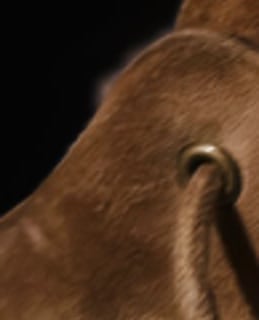Best Practices When Getting Shoe Lifts for Leg Length Discrepancy (LLD)
Living with a leg length discrepancy (LLD) can be challenging, but the right shoe lift can significantly improve comfort and balance. Discover key practices and insights from a decade of experience with shoe lifts to help you select the most comfortable and functional options to balance your leg length difference..
SHOE LIFTS


Avoid the “Falling Off a Cliff” Feeling
The first real shoe lift I got (not counting the very first—later post), I was recommended a lift that tapered down to 0mm in the front of the shoe. However, with each step, I felt as if I was falling off a cliff. Instead of smoothing out my gait, it made me feel like I was dropping into a hole with every step, and I could feel the imbalance pulling into my hip. Not fun.
After that experience, I got a lift with no taper/rocker, where the lift was 19mm throughout. That had a much better feel, and I was feeling balanced for the first time since I was fully grown. However, after years of that, my toe push off was obviously different, and becoming increasingly so. And my toe would get tired and soar in my lifted shoe.
That’s when I began tapering my shoes down past the balls of my feet from 3/4” down to 5/8” (just over a 3mm rocker). That’s what I’ve been doing ever since and now my toe push off is much more similar between the two. This small rocker allows for a smoother transition in your stride without that falling in a hole feeling.
Don’t Taper Until After the Balls of Your Feet
Another crucial point: don’t start tapering the lift until after the balls of your feet (at the very least, not until). You want the lift to cover your full foot until that point so that when you’re standing still, you have the same stable base under each leg. If you start tapering too soon, you’ll notice an odd imbalance while standing, which defeats the purpose of correcting the discrepancy in the first place—finding balance.
Think of the Taper as a Mild Rocker
What’s nice about tapering just a few millimeters in the front is that it mimics a mild rocker effect, helping to ease the motion when pushing off and striding. You can even add a minor taper in the heel to get a more similar landing and a more gradual roll through your stride.
Now in 2024, with my experience with the rocker sole in the Altra Experience Flow, I have plans to begin getting a mild heel rocker (~3mm) in all shoe lifts I get, including dressier options like Born Nigel Oxford (pictured w lift) and even Chaco sandals.
A mild heel rocker (3-4mm) built into your shoe lift should make the landing between your lifted and un-lifted shoe feel more alike.
I’ll update my heel rocker after I lift my next shoe, either Born Nigel Boot, Keen Pyrenees (if that arch cup can accommodate lifts — emailing now), or Topo Traverse (though my size 13 is out of stock).
And I'll add women's style's to this post once I do some more research.
Get A Proper LLD Diagnosis/Measurement
Be sure to get an accurate measurement from a podiatrist, chiropractor, or doctor to ensure you’re getting the proper height adjustment to balance your LLD.
In conclusion, finding the right shoe lift setup takes some trial and error, but once you get it dialed in, it makes all the difference. Start by ensuring you maintain a stable base underfoot, avoid extreme tapering, and embrace the gentle rocker effect. With these adjustments, you’ll feel more balanced and comfortable with each step.
Hopefully my experience can save you some much needed expense.
